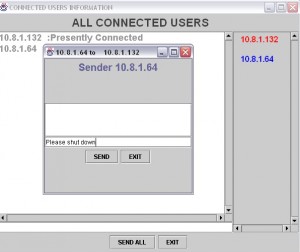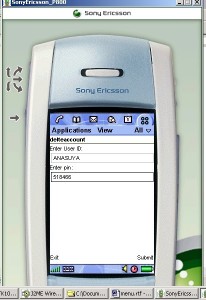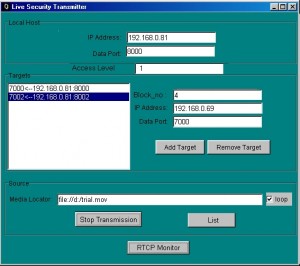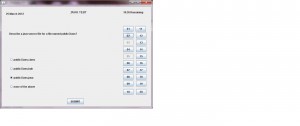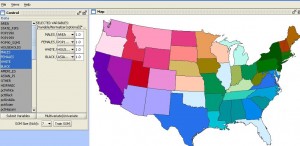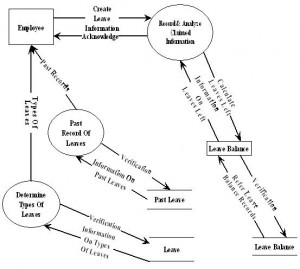File Transferring and Message Sending Project in Java is developed for BSNL organization for reducing work load and helping to share files and communication using this project.
File Transferring and Message Sending Project Introduction:
The BSNL Central Exchange (DoTSoft) in Visakhapatnam is connected to more than 200 Sub Exchanges (Clients) with 64 Kbps Leased Lines. Entire BSNL is using Oracle Runtime Reports (.fmx extension) in their day-to-day operations. They are having a separate Oracle Server and NMS Server (FTP) for operations. The DoTSoft supplies the reports to the Clients, and whenever they open the Report, the Version Number of the Report should be matched in the Oracle Server. Each Report will have its own Version Number, and it will change whenever the Report is upgraded. In that situation new Reports have to be supplied to the Clients. For that they are using the NMS Server, which is a central store of data, and they keep the recent Reports in some directory. The Clients have to download the reports in some specified directory, whenever their Reports will never be opened.
The Problem is that the Personnel in Sub Exchanges are not much trained to download or upload the files from FTP Server.
The proposed system to solve the problem is that, a Server program, which always in Listening state keeps track of all clients that are connected to the Server.Any client, can send a file or message directly to other client(s) to the specified directory, and finally it receive the acknowledgement. Server acts as a mediator and simply redirects the files from sender to receiver. The clients are identified by their IP Addresses.
This is a User Friendly Package, and will have 2 modes of clients, Active and Passive. The ‘Sending’ option is been restricted to the Passive clients, and they can only receive the files. Active Clients (DoTSoft) can Send/Receive files. The Clients (probably of Passive mode) can be disconnected explicitly after once the acknowledgement of ‘File Transferred’ is received. Not only .fmx files, any kind of files can be sent using this System.

